I have walked the romantic streets of Krakow, hit the clubs in Poznan, and stared across the Baltic Sea in Gdansk and seen the historic sights of Wroclaw. Why has it taken so long to visit Warsaw? Warsaw is Poland’s economic center; it’s where Poland’s youth go for jobs and to have a good time; it has some of the best nightclubs and bars in Poland; its music and art scene is explosive, and you can eat your way through all the traditional Polish dishes.
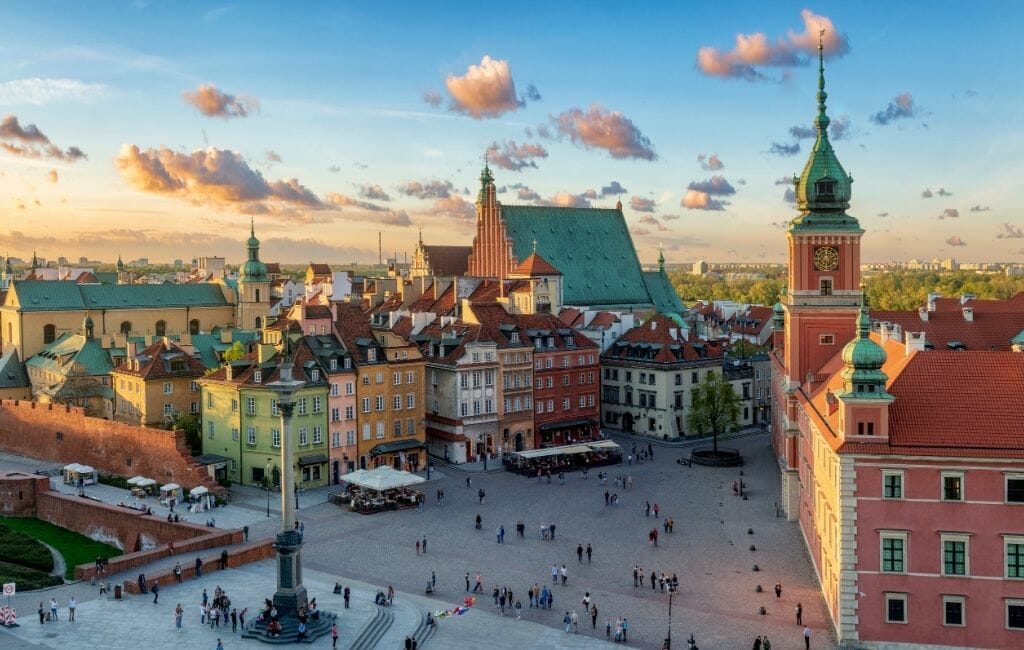
The modern elements of the city have grown up out of the historic: monuments, statues, and museums, many dedicated to WWII, share Warsaw’s long and tragic history, making its present-day success taste even sweeter.
A city caught in the middle, Warsaw has been vanquished by more enemy armies than you want to know. The city was almost completely demolished after WWII — the slate was literally wiped clean — giving it an opportunity to reinvent itself. Unfortunately, it was dominated by communism and communism’s drab sense of architecture, which includes the Palace of Culture (a gift from Stalin, it is Warsaw’s and Poland’s tallest building.)
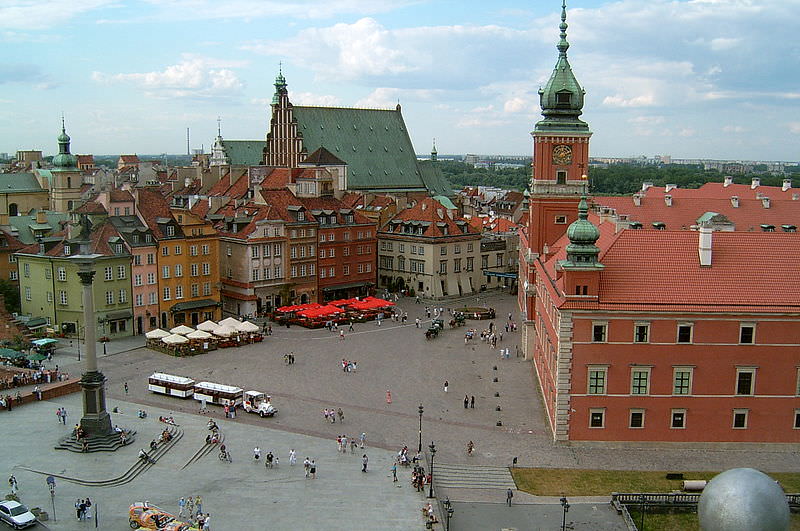
The 90s brought western architecture, skyscrapers, and plenty of new development. Poland subsequently joined the European Union in 2004. Fortunately for us travelers, Poland has not made the complete conversion to the Euro, and the Polish currency, the zloty, offers a great exchange rate with the dollar. This is changing though, so now’s the time to see Poland at a discount.
Not since the 18th century, when King Poniatowski promoted culture and the building of stately establishments, earning Warsaw the nickname “Paris of the east,” has Warsaw seen such an explosion of arts and culture. The Praga neighborhood, located on the right bank of the Vistula River, is the bohemian center where you’ll find art galleries, boutiques, and cafes.
Cross the river by bridge and you’ll find the Sródmiescie neighborhood, which is Warsaw’s Old Town. Sródmiescie is home to the best parks, most important sights, most elite nightclubs, and most lavish restaurants. Keep a look out for the syrenka, Warsaw’s mermaid and city icon, which adorns many of the facades in this area.

The buildings in the Old Town were faithfully rebuilt after WWII, resulting in winding cobblestone streets and stately town houses. The best way to get around Old Town is by foot. Chmielna is a pedestrian street with local flare that runs into Nowy Swiat, a long street of cafes that’s great for people watching, boutique shopping, and, if you keep your eyes peeled, you may spot street art a lá Bansky. At one end of Nowy Swiat, you’ll find Lazienski Park, the largest park in Warsaw. If you happen to get lost, just look for the towering Palace of Culture: Walk toward it and you’ll quickly find the center of the Old Town.
When I did finally make it to Warsaw, I divided my time between daytime and nighttime activities. During the day I visited the museums, particularly the Warsaw Uprising Museum, which provides a good basis for understanding the city; the Carroll Porczynski Collection Museum, which has everything from Salvador Dalí to van Gogh; and the Jewish Ghetto, a living museum of sorts.
Lazienski Park, aka the Royal Baths Park, is also a must see: it’s a great place for a picnic and features the Royal Palace, which was dramatically built on the edge of a beautiful lake. Then I hiked over to the Praga neighborhood to check out the galleries. At night I investigated the Milk Bars for some cheap local eats, then tried to get into the night clubs. Naturally, when the club’s doorman acted a little snobby, I did my best to play the part of an arrogant tourist. If that had not worked, I would have slipped him a few zloty.
Warsaw Uprising Museum
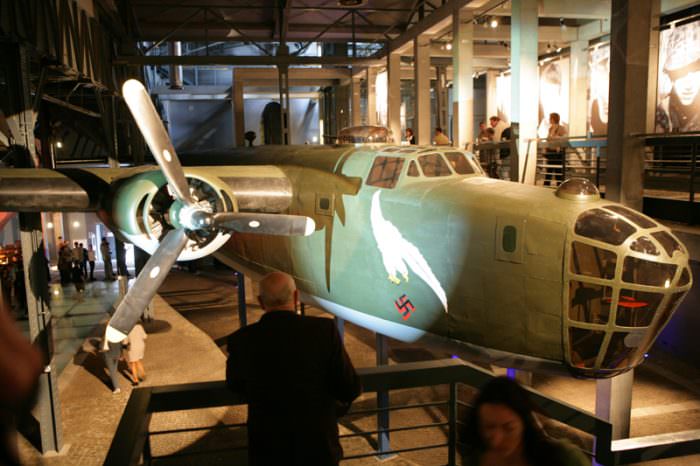
This museum should be one of your first stops on any trip to Warsaw. With interactive exhibits, including a reconstructed WWII fighter plane and evocative videos (with English subtitles), it educates visitors on Warsaw’s history and the two heroic uprisings that took place during WWII. Its fun and educational for kids, too.
Jewish Ghetto
As we know, the Nazi’s used Poland as the sight for most of their concentration camps. During WWII, Warsaw’s Jewish Ghetto was walled up and most of the people living there were sent by train to the camps. This historical period is greatly honored with three monuments: the Monument of the Ghetto Heroes, the Umschlagplatz, and the portions of the Ghetto wall that still remain.
The Umschlagplatz is the place where the Jews living in Warsaw were corralled then shipped to concentration camps; today it is remembered with a beautiful sculpture of a train car. A visit to the Ghetto Wall is no less moving than a visit to the Berlin Wall.
However, it is a bit hard to find and a taxi might be your best bet: Go to 62 Zloty Street, where you’ll find an archway and a small alleyway: the section of wall will be on the right. Another section is located within walking distance at 55 Sienna Street.
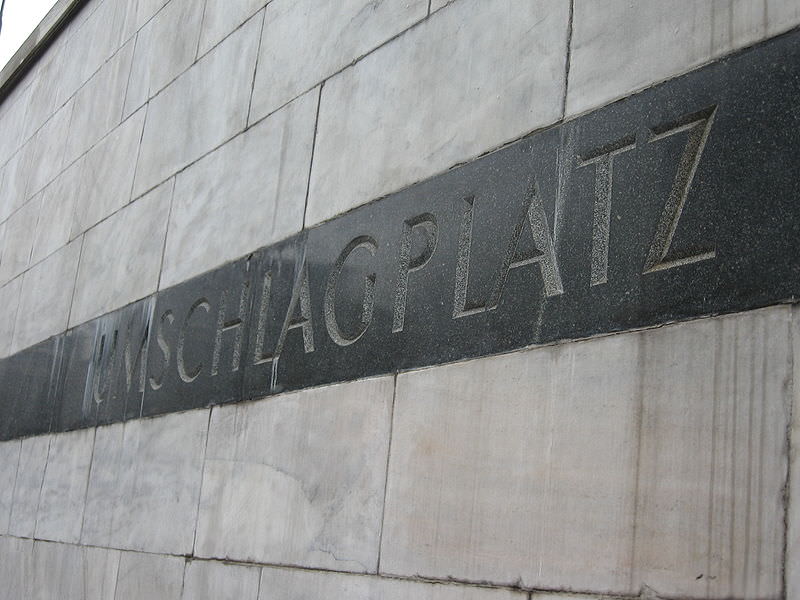
Carroll Porczynski Collection Museum
Goya, Renoir, van Gogh, Rubens, Dalí… this private museum is the place to experience art from the 19th and 20th centuries.
National Museum
With art that dates back to antiquity, here you’ll see works from all over the world, from ancient Egypt to Polish paintings from the 16th century on.
Other important art galleries include the Museum of Modern Art, the Center for Contemporary Art, which is housed in the Ujazdowski Castle, and the Zacheta Narodowa Galeria Sztuki Gallery, which focuses on Poland’s greatest artists and artworks.
Wilanow Palace
Called “Poland’s Versailles,” its gardens are extensive, making late spring and summer the best times for visiting. The interior features royal furnishings and artworks, and it’s worth purchasing a guided tour to enjoy a full understanding of the place. However, a pleasant walk around the grounds is the primary attraction.
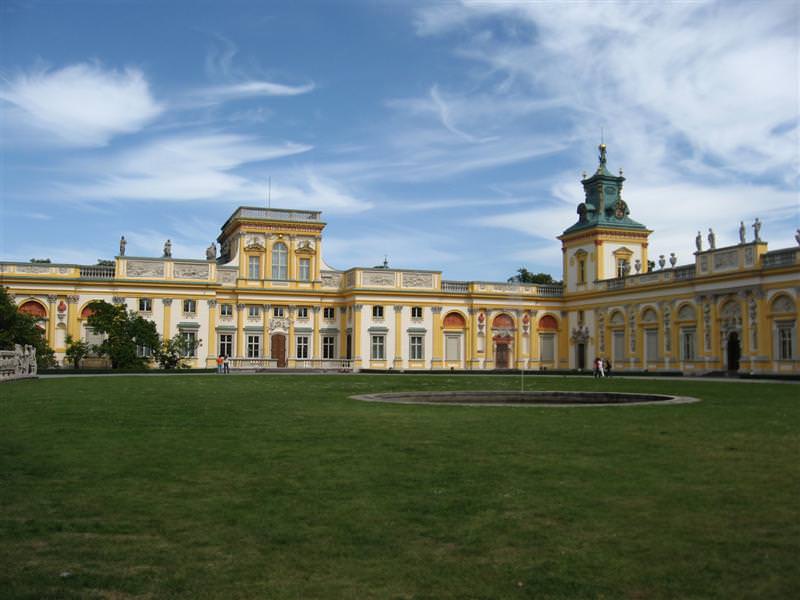
Holy Cross Church
One of Warsaw’s most beautiful churches, Holy Cross Church also contains the heart of composer Frederic Chopin. Yeah, you heard me right.
Warsaw’s cemeteries are highly unique and also worth a visit. The Powazki Cemetery is full of sculptures; and the Okopowa Street JewishUniversity Of Warsaw, S Cemetery is one of the largest Jewish cemeteries in Europe.
The Royal Road – A Great Walk
A walk along the Royal Road is one of the most pleasant things to do during the day. A stretch of about 6 miles, it connects the Royal Castle in Lazienski Park with Wilanów Royal Palace (the popular Nowy Swiat street is part of the Royal Road). Many of the buildings along the route are palaces, and several important sights are there as well, including the University of Warsaw, the Botanical Gardens, and the Center for Contemporary Art.
Warsaw’s Parks and Squares
Old Town Market Square is the heart of Warsaw. Surrounded by dashing architecture, it is home to many of the best restaurants (though expensive) with outdoor seating that provides a great opportunity to grab a drink, enjoy street artist performances, and people watch.
Lazienki Park (Royal Bath’s Park), Warsaw’s largest public park, it contains gardens, palaces, and beautiful ponds. It is a great place to relax with a picnic and bottle of wine or good Polish beer . It is here that you will see the Royal Palace, but perhaps most intriguing is the Little White House: A small building filled with grotesque paintings where King Poniatowski met his mistresses.
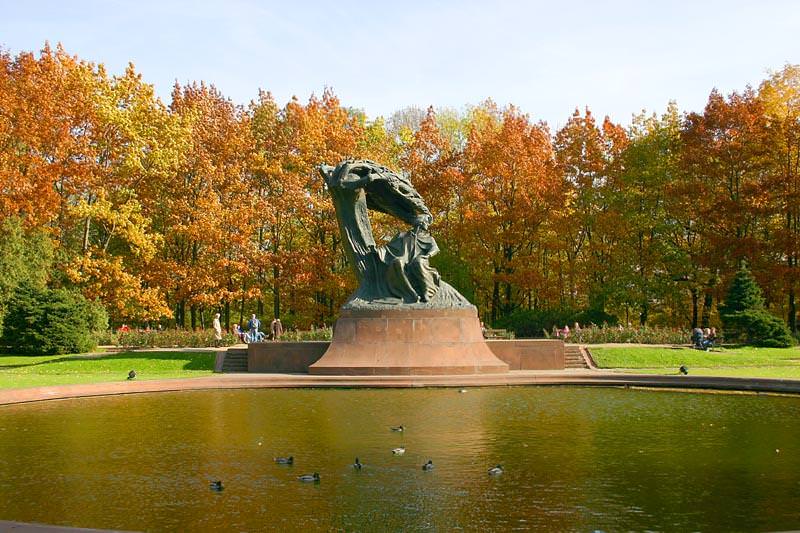
Saski Park (Saxon Garden)
Located in the center of Warsaw, it is home to multiple palaces and the Tomb of the Unknown Soldier. Well-groomed, its fountains, winding paths, statues, and waterways will make you feel like 18th century royalty.
Warsaw’s Food and Nightlife
For a traditional Milk Bar, try Prasowy, which features authentic dishes such as cabbage soup and pierogi for ridiculously low prices.
For pierogi (the potato dumplings Poland’s known for), try Pierogarnia restaurant, which has good prices, features waitresses in traditional folk attire, and serves authentic pierogi. Some of my favorite are the fruit-stuffed dessert pierogi that come topped with heavy cream.

Warsaw is well known for its nightclubs, which really get rolling around 2 or 3 am. They offer a great, memorable experience, not only for the parties and the beautiful people, but because they are a truly Polish tradition. Dress to impress and be prepared to work a little to get inside the best clubs: Doormen can be very arrogant. Arriving early helps, as does slipping the doorman some cash. Some of the best clubs are Klub 55, Klubo Kawarnia, and Paparazzi (this last club is particularly popular among expats).
Traveler Tip: The best time to visit Warsaw is May-September because winters are brutally cold.
Written by Mattie Bamman for EuropeUpClose.com

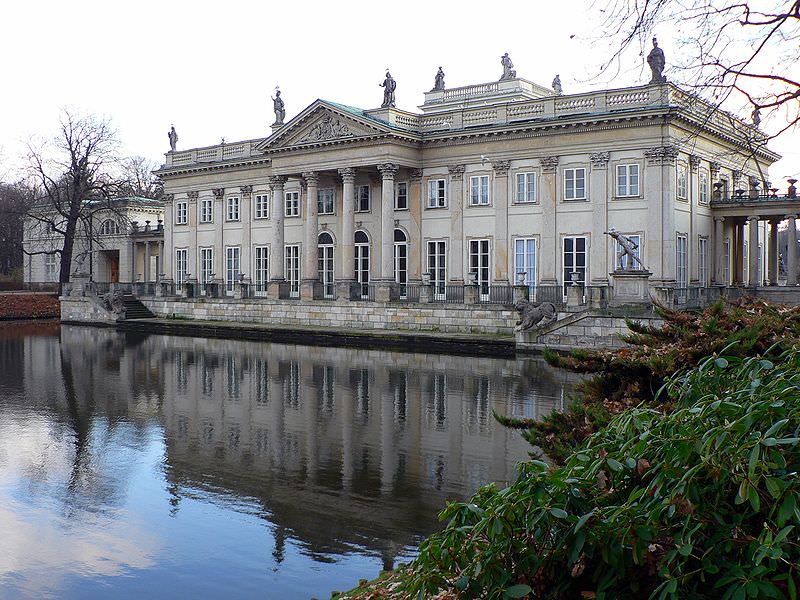
Si Sloman
Friday 21st of September 2012
What a great review of Warsaw. I have been there numerous times and my wife is from Warsaw. It is truly a rewarding visit as are Krakow and Gdansk. So much history and the country side outside of Warsaw is breathtaking.
Len
Friday 25th of November 2011
how about prices in general, and not only related to food? hotels for example, or public transports or other regular stuff?
Mattie
Sunday 14th of August 2011
Hi Josephine, I've found that May and June are great months to visit. Avoid August if you don't want to battle the crowds. September's also nice.-------
Josephine
Sunday 14th of August 2011
I would like to find out about this country more and look forward to visit soon.when is the best time to visit? Thanks
Tim Richards
Friday 5th of August 2011
Nicely written guide. I agree, Warsaw is a more interesting and engaging city than people often expect (once you get beyond the sinister Warszawa Centralna train station!). I particularly find the rebuilt Old Town and the Warsaw Rising Museum very moving. It's one of those cities where you have to know a bit of its history to fully appreciate the place.